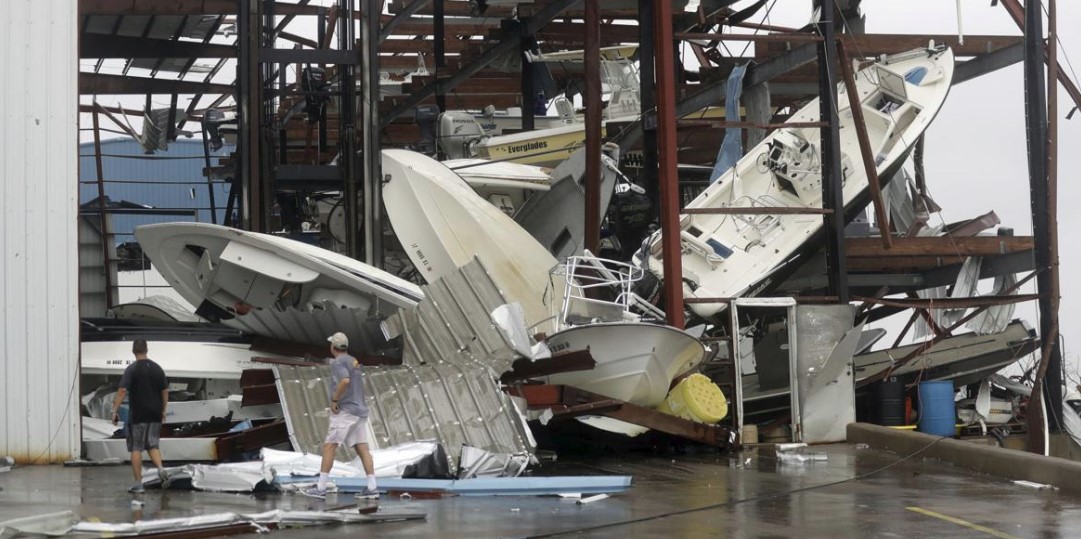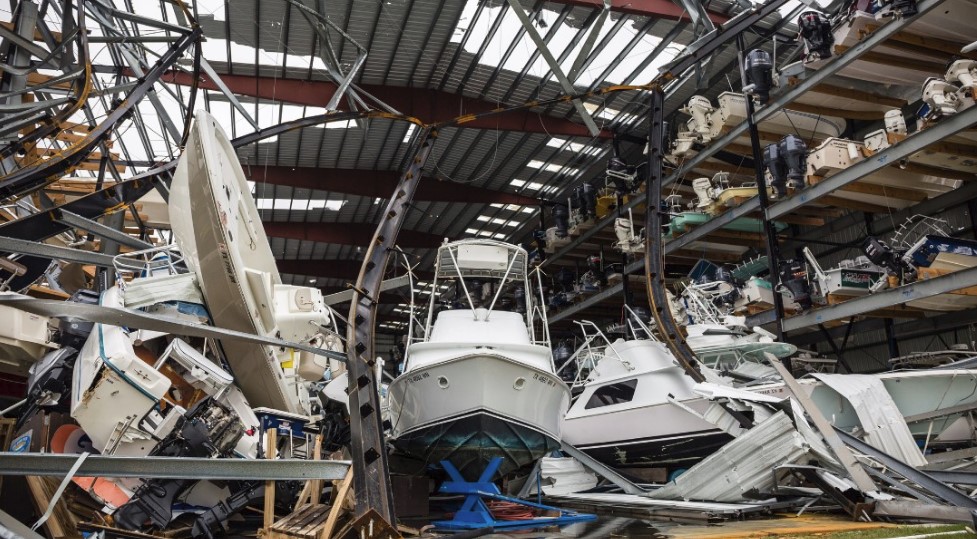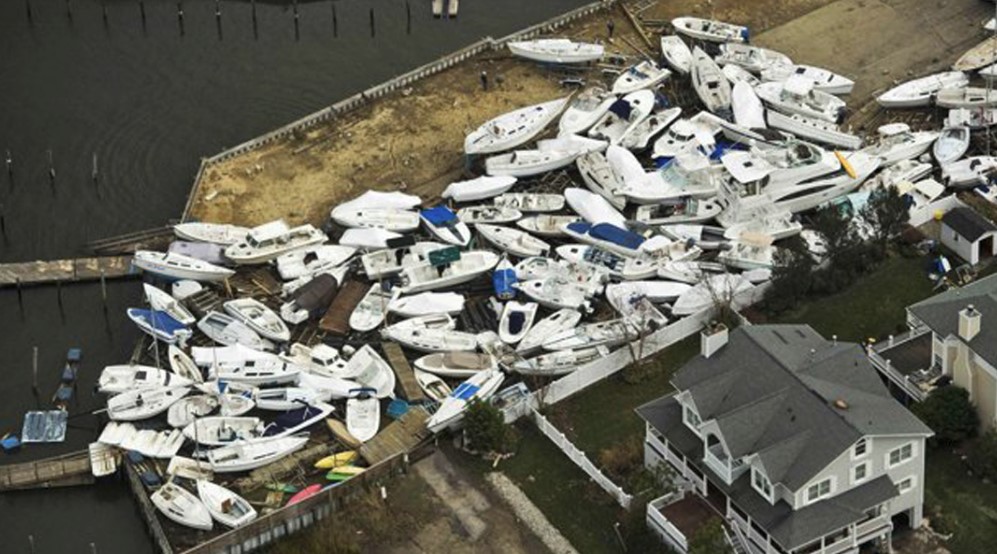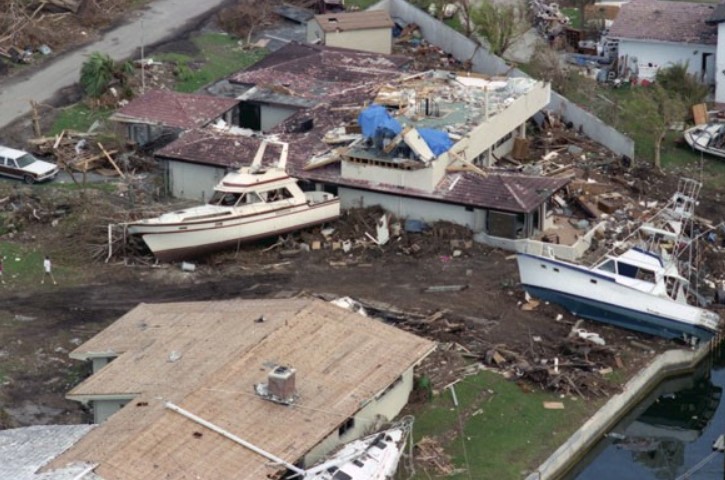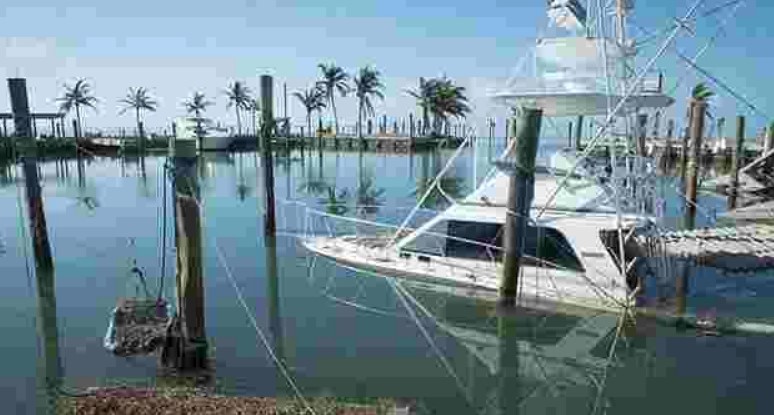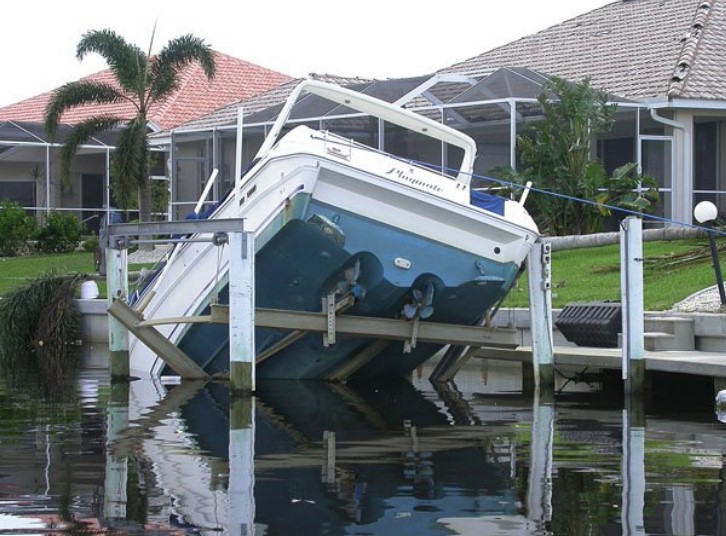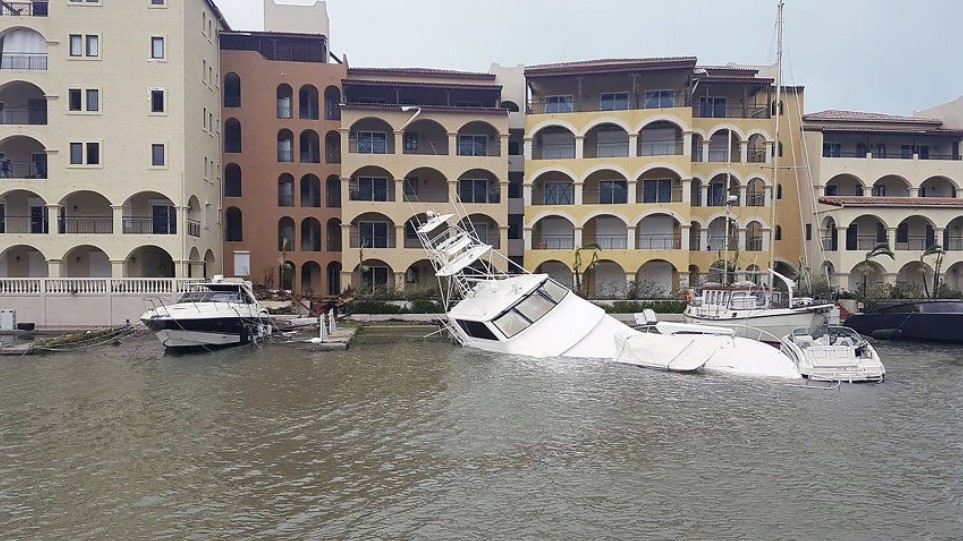How Do I Prepare My Boat for a Hurricane?
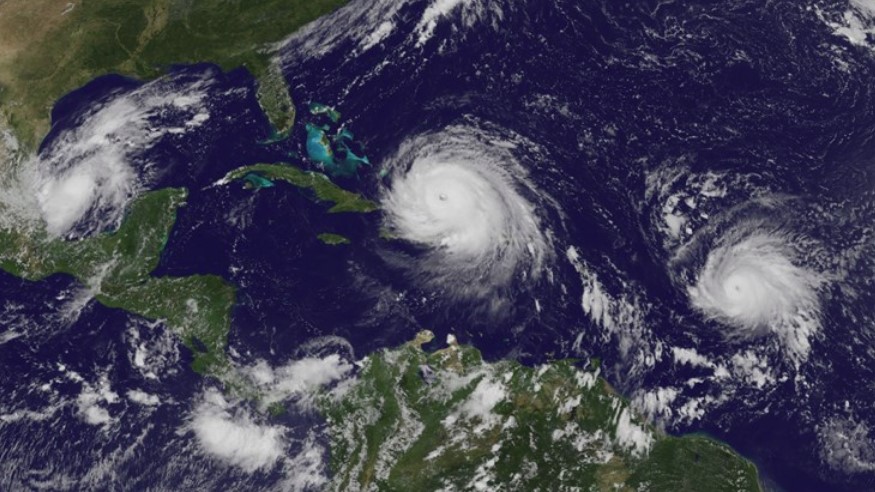
With today’s advanced warnings of approaching hurricanes thanks to NOAA and other satellite tracking, boaters now have more time to prepare for storms than ever before. We are told the possible tracks, intensity and near-precise time it will come ashore. There is now no excuse for not being fully prepared as in most cases boaters have more than a week of warning before a major hurricane hits. But for the best chance to avoid damage, preparation must begin long before a hurricane comes.
So boaters may ask, “How do I really prepare my boat for a hurricane?” Following are a few basic procedures that will increase your odds of avoiding catastrophic damage if a hurricane hits in your area this season.
10 Things You Should Do — In This Order
First, make sure you have a good insurance carrier and a good insurance agent. Don’t take your good agent’s word for what the actual insurance policy says, read the fine print yourself. Ask questions about anything you don’t understand. (We have received some complaints by BoatTEST.com members about two particularly well-known marine insurance companies who have been problematical in settling claims. That’s why you need a really good agent.)
Second, nail down the insurance policy coverage that you want NOW. Don’t wait until you hear about Hurricane Johnny before calling the insurance company – they won’t be answering the phone.
Third, follow the dictates of your insurance policy to the letter. The spirit of the policy doesn’t count, only the letter of it.
Fourth, have a plan to protect your boat. Think it out carefully. Remember, a tidal surge is what you must fear most. Write your plan down.
Fifth, talk to boat owners and marine professionals in your area who is knowledgeable and ask for their advice. Tell them about your plan and ask for their comments on it. Go over your plan with anyone who will be involved in helping you execute it. Most geographic areas have their vulnerable spots. Find out where they are and what happened when previous hurricanes came through your area.
Sixth, give your plan to your insurance agent and ask for his or her recommendations. Most insurance policies require a plan, make sure yours is filed with your agent and you execute it.
Seventh, have all extra lines, fenders, chafe gear, extra jack stands, mooring gear and equipment you might need in place either on your boat or in some easy-to-access place so that all you have to do is pick them up.
Eighth, decide when you are going to put your plan into effect – sooner rather than later. It is easy to procrastinate waiting for the definitive word on where the storm will hit. Remember, everyone in your area is going to be putting into place their plan and many might have the same as yours.
Ninth, never stay on the boat, and never take your boat to sea, even if it is to anchor in a bay with a chain.
Tenth, understand that even the best realistic plan may not save your boat from serious damage. Be prepared to financially withstand it. A boat is, after all, just a boat.
Additional Perspectives
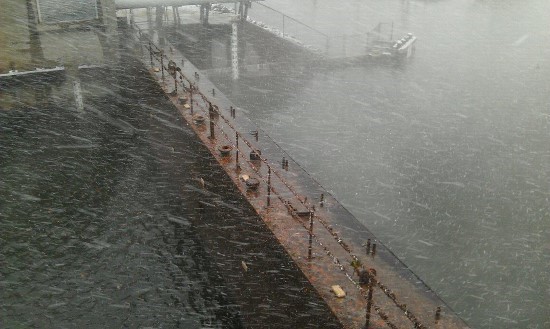
Our Refuge. We do our boating out of Stamford, Connecticut. Most owners of large boats we know plan to get behind the 25-foot (7.62 m) Army Corps of Engineers hurricane doors and barrier. The barrier keeps downtown Stamford from being flooded by Long Island Sound, and thankfully hundreds of boats can get behind the barrier and be saved as well.
Know Your Geography. Every locale has its own particular vulnerability, and you must know what it is. For example, eastern Long Island Sound is a funnel for water being pushed west by counterclockwise winds of a hurricane going up the coast. Those 60- to 100-mph winds push water toward the western end of the Sound with only the narrow East River as a relief drain. Because of the easterly wind, the tide is not able to flow out normally and water piles up. Usually, the second high tide is the crest of the tidal surge.
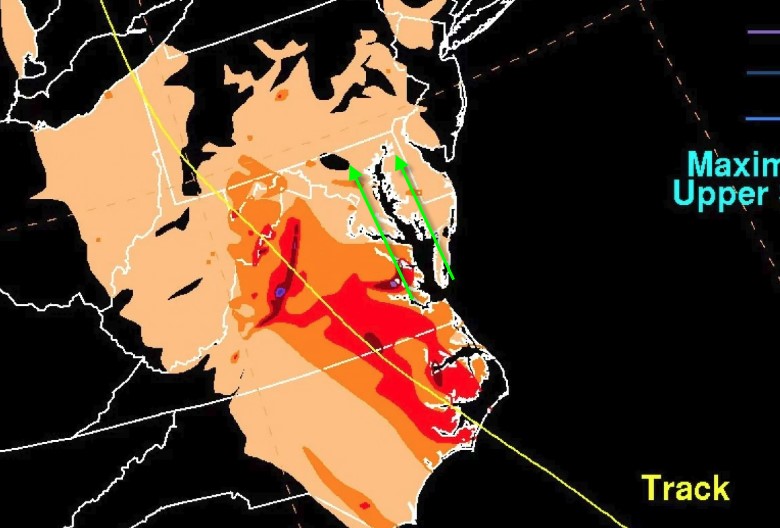
Where is the Wind Coming From? In September 2003 Hurricane Isabel tracked west of Chesapeake Bay and drove water up to the head of the bay where the surge was as much as 9’ above mean high tide. Downtown Baltimore was flooded. The Naval Academy in Annapolis had water in the hallways and classrooms. The result was that Smith and Tangier islands, which lie near the mouth of the bay to the south, were not badly flooded even though their highest points are only 4’ above mean high water.
An offshore hurricane would have most likely pushed water out of the bay, putting these two islands at risk. But during Isabel, it was actually better to have a boat tied up in one of these low-lying islands than in one of the rivers feeding into the northern parts of the bay.
Moon Tide. Hurricanes always seem to happen on a moon tide.
Small boats and high-performance boats with low freeboard are particularly vulnerable, even if they have self-draining cockpits. These types of boats often become submerged by storm surges, rain, or waves. Don't count on your small bilge pump and long battery life. If your boat is trailerable, by all means, take it out of the water to high ground as far away from the water as possible.
Big Boats. If your boat is large, make arrangements far in advance to have it hauled and supported by extra jack stands, or tie your boat down to the pavement if at all possible. Unfortunately, boat yards right on the water with the hard not too much higher than mean high water are vulnerable.
Tying up a boat in a marina that is open to a large body of water is problematic. Locations such as these are particularly vulnerable to tidal surges. Equally as dangerous are locations far up rivers where one might think the tide surge might not reach, but it will if the wind is blowing that way.
A Plan Is Better Than No Plan
As we said, boaters need a plan.
Following are some pictures of boats that have come to grieve during previous hurricanes. Remember, that many of their owners had taken measures to secure their boats and had a plan. Try to figure out what went wrong.
